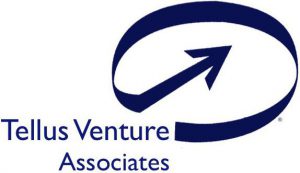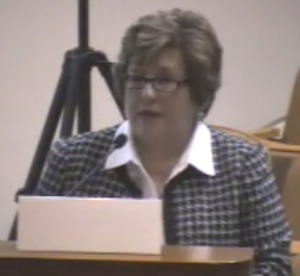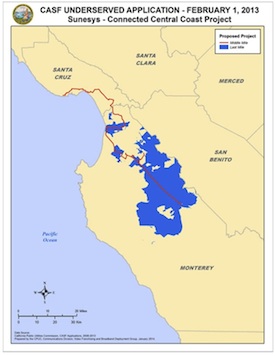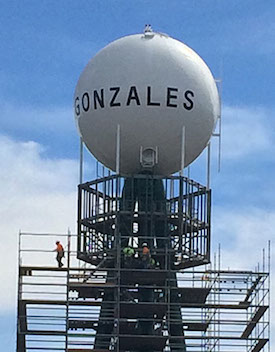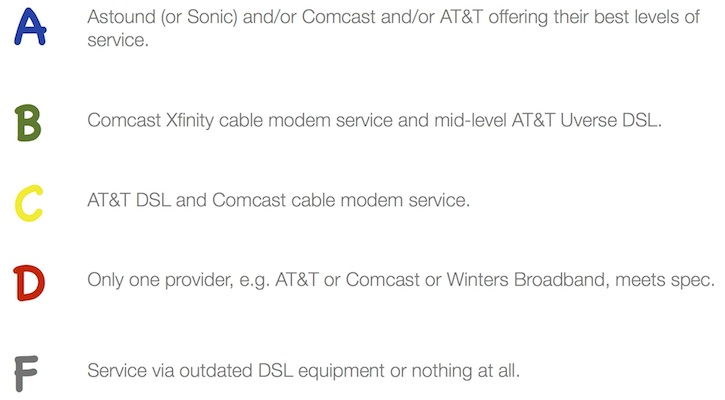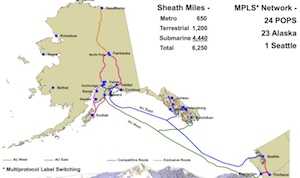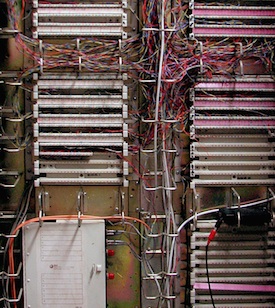Sony picks in-house OS for wearables and survival
Android, consumer electronics, geek stuff, google, innovation, samsung, sony, tizen

Used to be staying alive was innovation enough.
Google’s try at adapting its Android operating system to specifically support wearable devices isn’t getting much love from manufacturers. Following Samsung’s lead, Sony has decided to make its own Android mod for wearable products, instead of using Google’s Wear platform. It’s a necessary gamble if Sony still wants to be Sony.
The company is trying to remake itself into a mobile-oriented, innovative brand. Like it used to be when Sony launched the Walkman 35 years ago.… More
